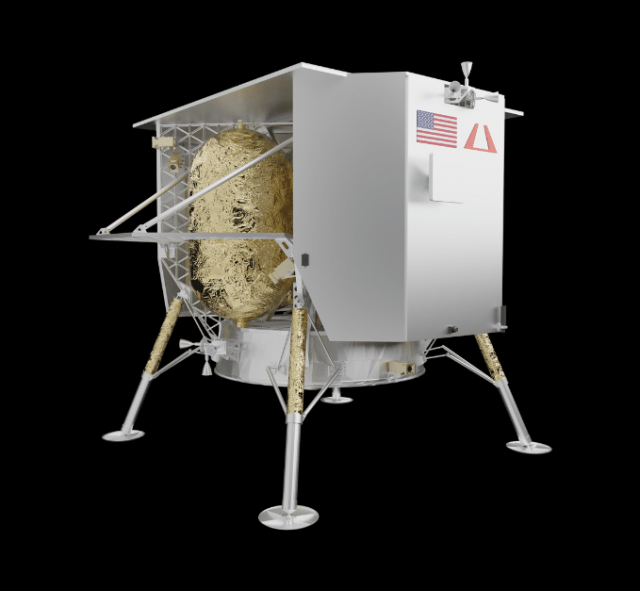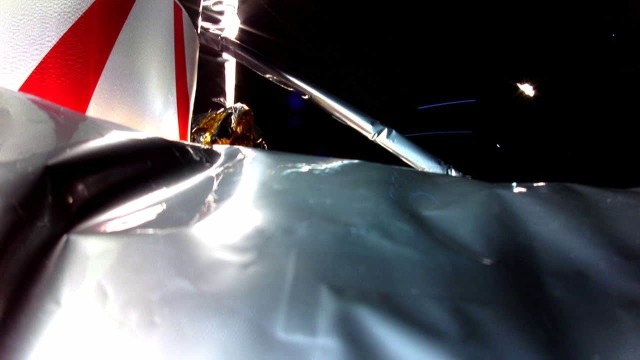The Peregrine device sent the first photo after going into space. Judging by it, earlier fears were confirmed: there is no question of any soft landing on the moon. Before that, the United States landed on a natural satellite of the Earth in 1972. The failure of Peregrine means that the United States will not be able to repeat a soft landing on the Moon until the second half of the 2020s.
The American Vulcan rocket, which made its first flight on January 8, launched the Peregrine spacecraft, manufactured by the private space company Astrobotic. There were five scientific instruments on it to study an unusual area of the Moon — the area of the Gruituizen domes covered with silica magma. NASA considers it a very important region, because on Earth, silica magma is formed only in areas where the edges of tectonic plates come into contact with a large amount of water. On Selenium, according to the mega-impact theory of its formation, which is still dominant among NASA employees, there can be no water in the depths: a collision with another planet should automatically have heated the lunar material to complete waterlessness. Therefore, from a scientific point of view, certain hopes were pinned on the device.
However, shortly after takeoff, Astrobotic received information that the device could not orient itself with its engines to the Sun. Without this orientation, the photocells do not generate enough electricity to charge the battery and operate the device normally. Then they tried to restore orientation, but it turned out that the device had almost run out of fuel — possibly due to a leak in the tank. Subsequently, the company presented the first photo from Peregrine. Judging by the way the stars look in the picture, the device is still rotating.
In this regard, Astrobotic noted that there is no longer any talk of landing on the moon. Now the task has become to bring Peregrine as close to the lunar orbit as possible. This will allow you to understand whether some other technical and software solutions for the device were correct.
It was clear from the very beginning that there was a significant risk of mission failure. Peregrine was the first American automatic lunar landing vehicle since 1968 and the first soft landing attempt on a satellite since 1972. That is, like Roscosmos, the United States had such a long break in successful soft landings on the Moon that, in fact, they were just as new as the Indians who tried to do it in the last few years. However, the Indians have already had the experience of a failed attempt (in 2019), they drew conclusions from it and were able to land in 2023.
 |
| The Astrobotic device, in case of successful deployment on the Moon, should have looked like this. |
| Source: Astrobotic |
The United States did not have such experience, so at the beginning of this year, representatives of Astrobotic estimated the chances of a successful landing at 50-50. In other words, there is nothing unexpected about the failure of the mission itself. The only bad thing is that it did not go according to plan almost immediately after being launched into space. This means that it will not be possible to work out the exit to the selenocentric orbit normally, and even more so the landing itself — the most difficult moments of such a mission.
The most likely date for the next soft landing attempt on the Moon for the American spacecraft is the second half of the 2020s. In general, we note that such operations without significant experience are extremely difficult, and the failure does not indicate any problems of American cosmonautics as a whole. The first few attempts by the USSR to gently land their vehicles on Selenium also ended in crashes, and three American similar missions in the 1960s failed (although not at such an early stage). Today, it is always without failures and the first time a soft moon landing was achieved only in China in the 2010s. Meanwhile, the total number of countries that have tried to do this has already exceeded half a dozen.

